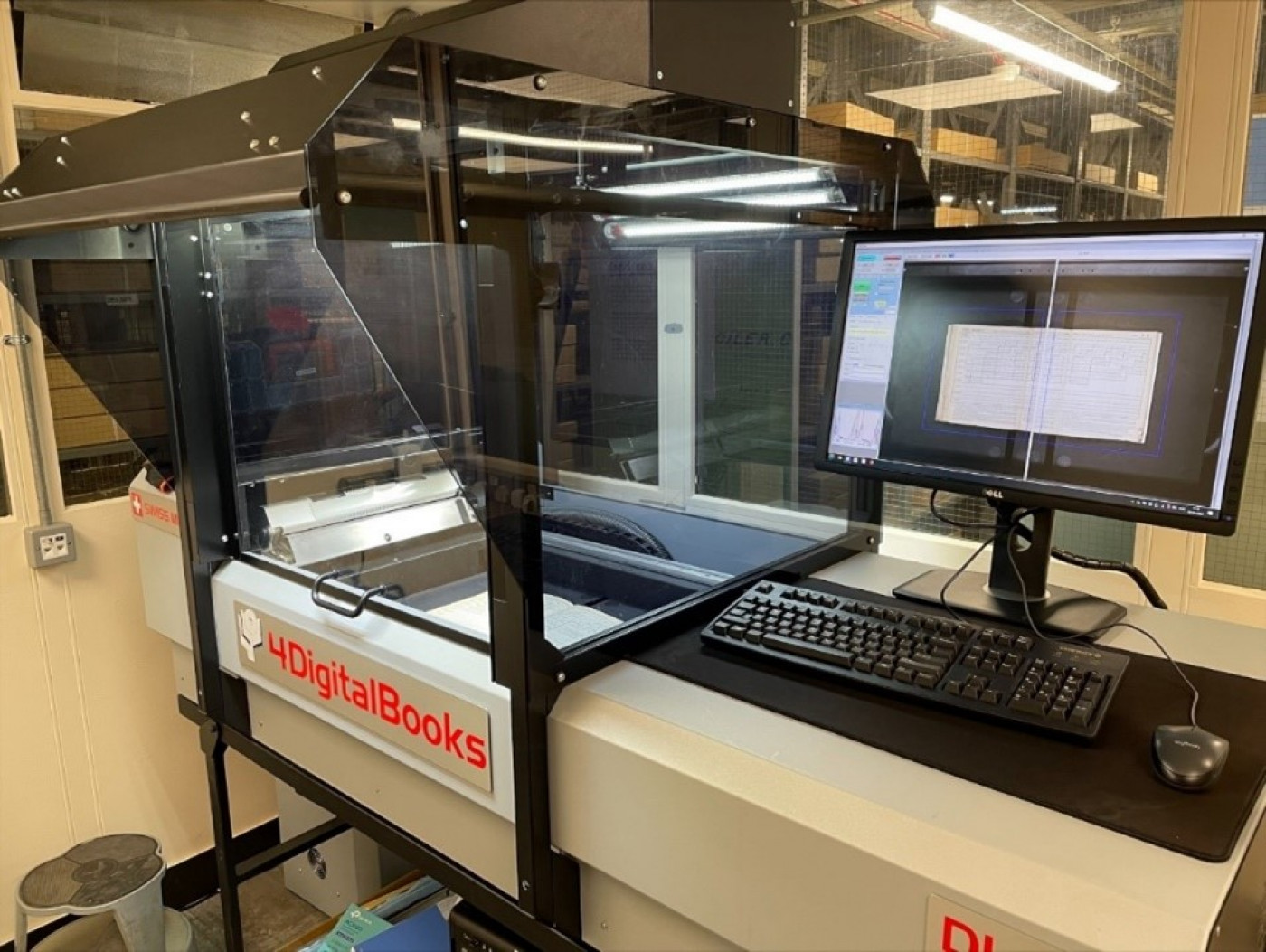Monday, June 05 2023
Lloyd's Register (LR) is a well-known name in the maritime industry, and its Rules and Regulations for the Classification of Ships have been an essential part of the industry for nearly 190 years. The rules have been published in various editions throughout LR’s history. They have played an essential role in assuring the safety and quality of the construction and maintenance of ships and been a constant companion to thousands of surveyors, shipowners, and shipbuilders across the globe.
Evolution of LR Rules: From Expert-Based to Detailed and Prescriptive
The first formal set of LR’s Rules for the Classification of Ships was published in 1834. Although the organisation had been providing guidance on shipbuilding and maintenance since it’s foundation in 1760, in the early days, the rules were based on the experience and expertise of surveyors, who would inspect ships and provide guidance on best practices.
As the maritime industry grew more complex and technology advanced, the rules and regulations grew more detailed and prescriptive. The LR rules were used to ensure that ships were built and maintained to a high standard, and they were an essential tool for shipowners, shipbuilders, and regulatory bodies.

Figure 1: A Table Showing Dimensions of Fitting for Iron Ships from the 1860-1861 Rules and Regulations
Role of LR Rules in the Development of the Maritime Industry
Throughout the 19th and 20th centuries, the rules played an essential role in the development of the maritime industry. In the early 20th century, LR played a crucial role in the development of safety regulations for passenger ships.
The rules offer a fascinating insight into when and how technological developments made their way into the maritime industry. We can use these publications to understand how the maritime industry responded to increasingly common and complex challenges. The rules have continued to evolve throughout the 20th and into the 21st century in response to changing technology and regulatory requirements.
They have remained relevant and effective throughout LR’s history by making sure new additions reflected widespread practices in shipping. For example, when steam engines became a common feature in ships, the rules were revised to have sections on engines. The same happened with refrigeration, oil engines, and much more.
Digitising LR Rules: Accessibility and Preservation of Maritime History
Today, the LR rules are still recognised as one of the most comprehensive and respected sets of standards in the maritime industry. They are still regularly updated to reflect advances in technology and changes in regulatory requirements, and still function as a trusted companion to surveyors, shipowners, shipyards, and regulatory bodies around the world.
The Lloyd's Register Foundation Heritage and Education Centre (HEC) has been working to digitise this fascinating resource for anyone interested in maritime history.
The digitisation of the rules has been one of the most significant projects I have undertaken since joining HEC as the Digitisation Assistant. This project has been made possible through the use of a robotic book scanner (or Roboscanner), which can scan and digitise large volumes of documents quickly and efficiently.

Figure 2: The Roboscanner digitising a copy of the Rules and Regulations
The digitisation of the LR rules is an essential project because it makes the information contained within them more accessible to researchers, historians, and other interested parties. They also provide an example of how the maritime industry can adapt to technological advancements.
By viewing how the industry changed from sail to steam, to oil, current surveyors, shipbuilders, shipowners, and regulators may be better placed to safely implement a shift to renewable energy sources in shipping. The rules are a crucial part of maritime history, and by digitising them, HEC is ensuring that they can be preserved and studied for many years to come.
Explore the Rules and Regulations catalogue or listen to the Mariner's Mirror episode below.

